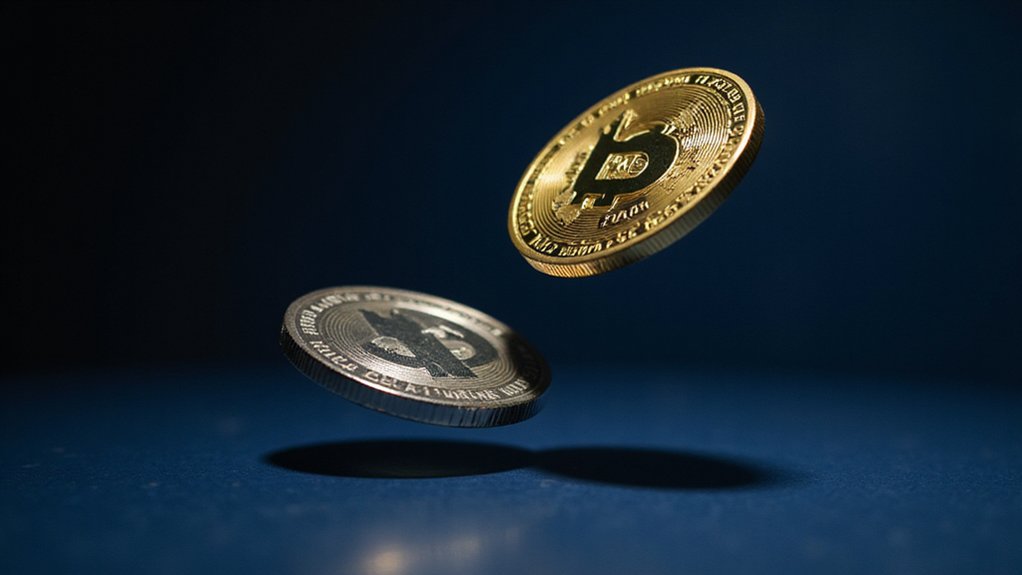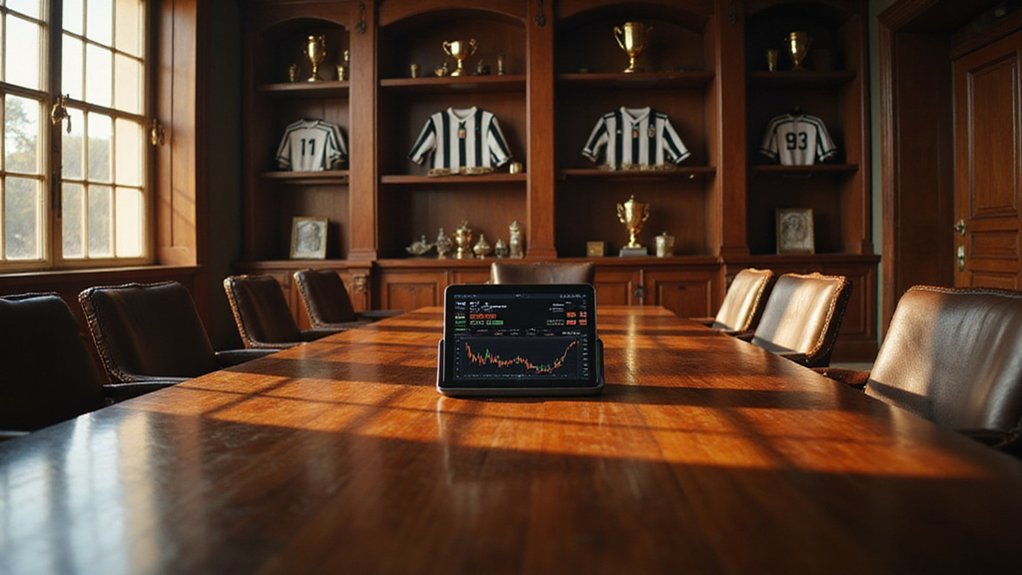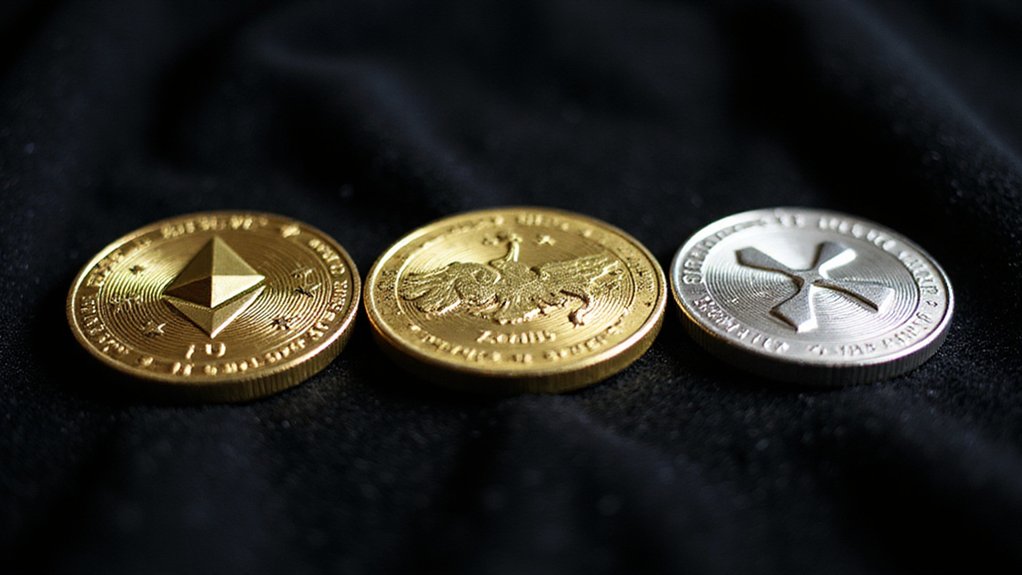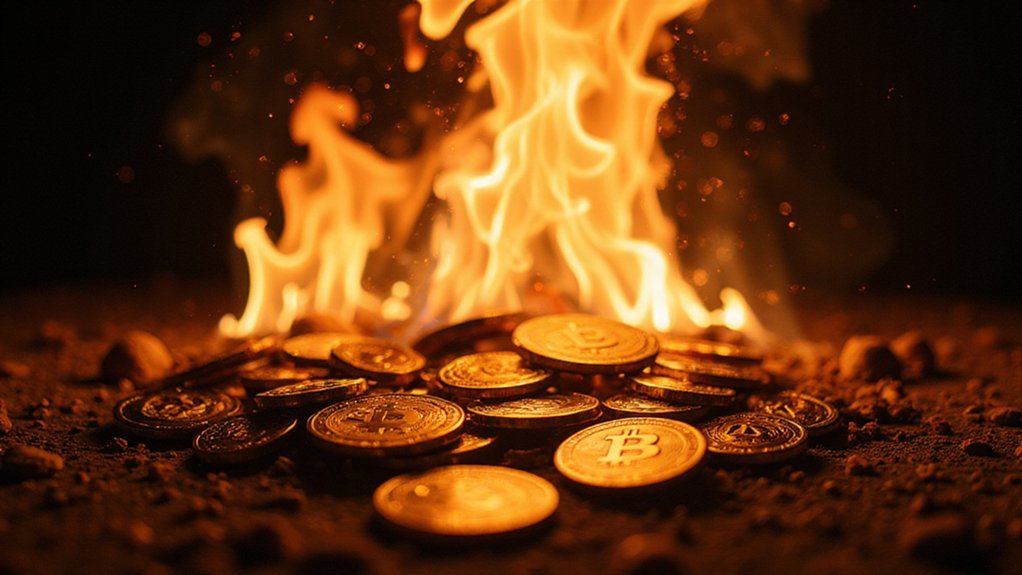The collision between established meme coin royalty and ambitious pretenders has produced few matchups as stark as the comparison between Dogecoin and MOG Coin. While Dogecoin commands a market capitalization hovering between $24-34 billion with prices around $0.16-$0.20, MOG operates in an entirely different universe at approximately $0.000001-$0.0000068 per token, wielding a market cap of merely $315-422 million—roughly 1.3% of Dogecoin’s valuation.
The mathematics underlying MOG’s “10X surge” predictions reveal both tantalizing possibility and sobering reality. Current projections suggest MOG could reach $0.00001062 by 2025, climbing to $0.00001982 by 2030—representing a potential 307% ROI that, while substantial, hardly constitutes the rocket ship trajectory some advocates envision.
More ambitious forecasts paint scenarios where MOG could theoretically reach $0.48-$0.49 per coin if it somehow achieved market cap parity with Dogecoin, though such calculations assume a level of adoption that borders on the fantastical.
The supply dynamics further complicate MOG’s ascension narrative. Dogecoin’s inflationary model produces over 140 billion circulating tokens, while MOG operates with a smaller (though still substantial) supply base. This structural difference creates interesting price pressure dynamics, yet MOG’s current trading volume remains anemic compared to Dogecoin’s robust liquidity across major exchanges.
Perhaps most telling is the infrastructure gap: Dogecoin benefits from extensive partnerships, mainstream recognition, and the occasional endorsement from certain billionaire entrepreneurs who shall remain nameless. MOG lacks these institutional advantages, relying instead on meme coin market momentum and speculative fervor—notoriously fickle foundations for sustained growth. The volatility patterns observed in both cryptocurrencies reveal distinct behavioral differences that could significantly impact future performance trajectories.
The projection models suggesting 3200% ROI by 2050 appear particularly optimistic, contingent upon maintaining investor enthusiasm across multiple market cycles. While MOG’s microscopic current price relative to Dogecoin (less than 0.0005%) mathematically allows for dramatic percentage gains, bridging the gap between mathematical possibility and market reality requires more than wishful thinking. Understanding these market dynamics becomes crucial when evaluating the legitimacy of such ambitious growth predictions. Both tokens operate within the broader DeFi ecosystem where smart contracts and blockchain technology facilitate peer-to-peer trading without traditional financial intermediaries.
The question isn’t whether MOG can surge—meme coins routinely defy logic—but whether it can sustain momentum long enough to challenge Dogecoin’s established dominance.









